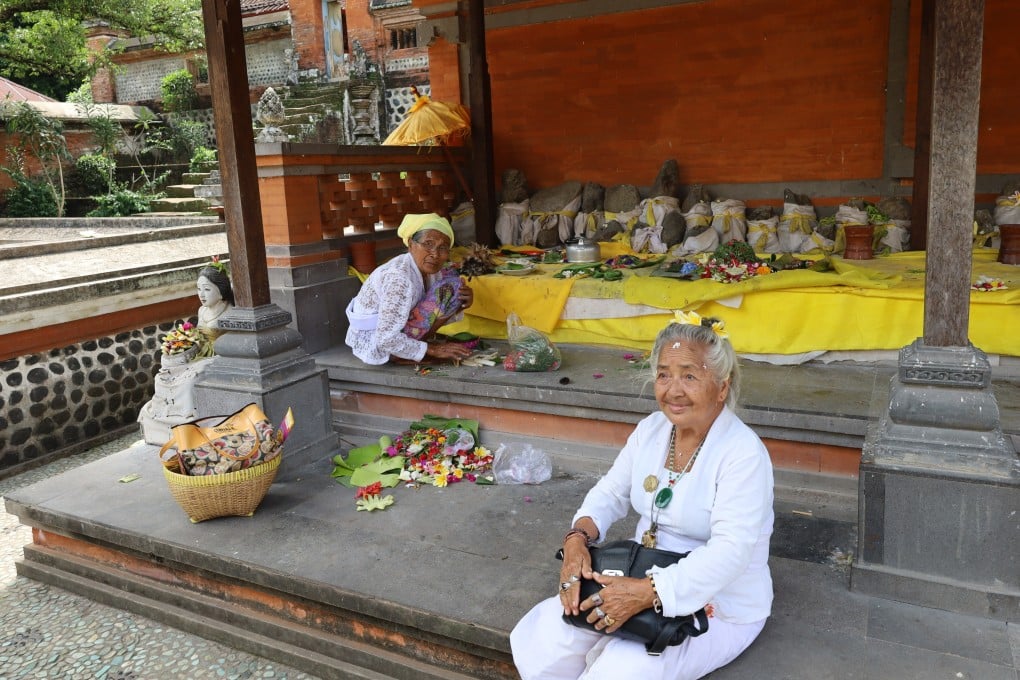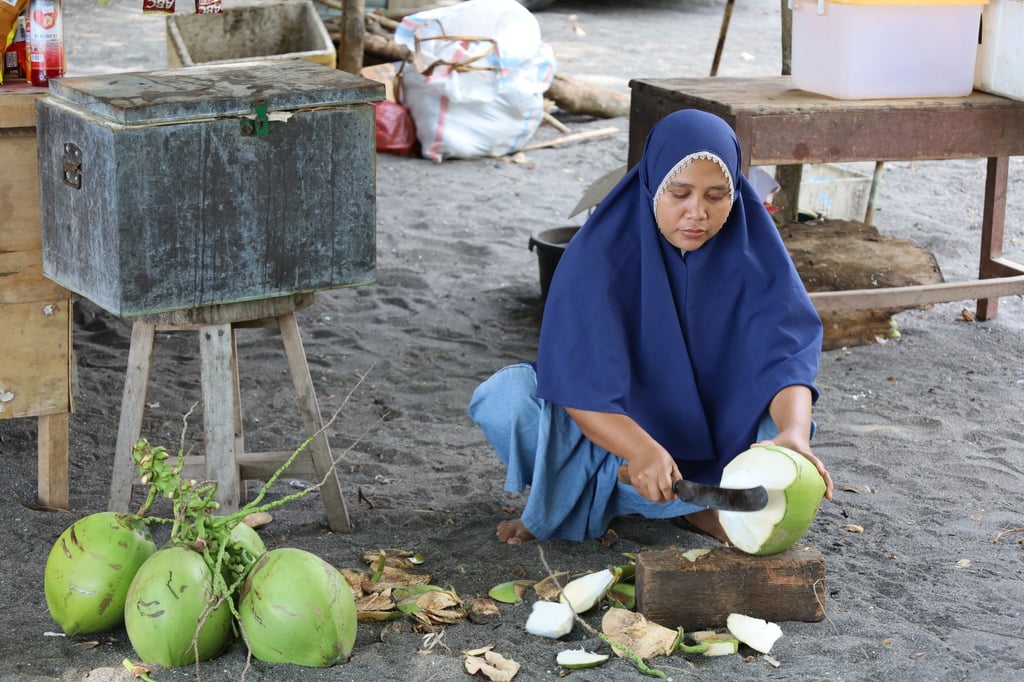Advertisement
The other side of Lombok, Indonesia: ancient temples open to Hindus and Muslims alike, an upland Shangri-la, and islands off the tourist trail
- Lombok is known for surfing and resorts, but head to the north of the island to find ancient mosques and temples where religions coexist harmoniously
- Lush volcanic landscapes, a Shangri-la where spices grow, rainforest waterfalls and ‘secret’ islands add to the charms of this remote part of Indonesia
Reading Time:5 minutes
Why you can trust SCMP
0

The slow boat from Bali’s Padang Bai Harbour ferries heavy trucks and families of luggage-burdened passengers to Lombok for less than a third of the cost of the fast boats that zip between tourist hotspots such as Amed (Bali) and the Gili Islands (off the northwest coast of Lombok).
As passengers crunch on kerupuk (prawn crackers), puff on clove cigarettes and gaze upon turquoise waters, our vessel carries us from Indomalaya to Australasia without fanfare.
This biogeographical boundary is known as the Wallace Line, after Alfred Russel Wallace, the British naturalist credited with helping Charles Darwin formulate his theory of evolution.
Wallace noticed the zoological differences between the neighbouring Indonesian islands when he explored the region a little over 150 years ago.

Arriving on Lombok, Wallace observed “a great surf” that was “dependent on the southern ocean”, consistent breaks that have given rise to a vibrant surfing culture around Kuta (not to be confused with the beach resort of the same name on Bali), on the south coast, complete with resorts, bars and international-styled restaurants.
But we’re heading in the other direction, north from Lembar Port towards the volcanic sands of Pantai Ampenan, where Wallace made landfall.
Advertisement